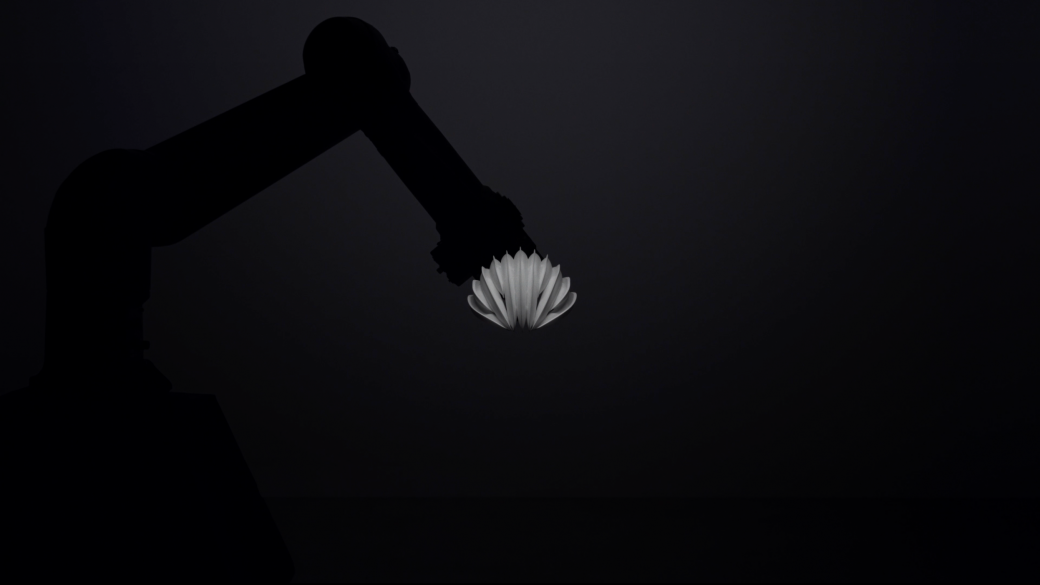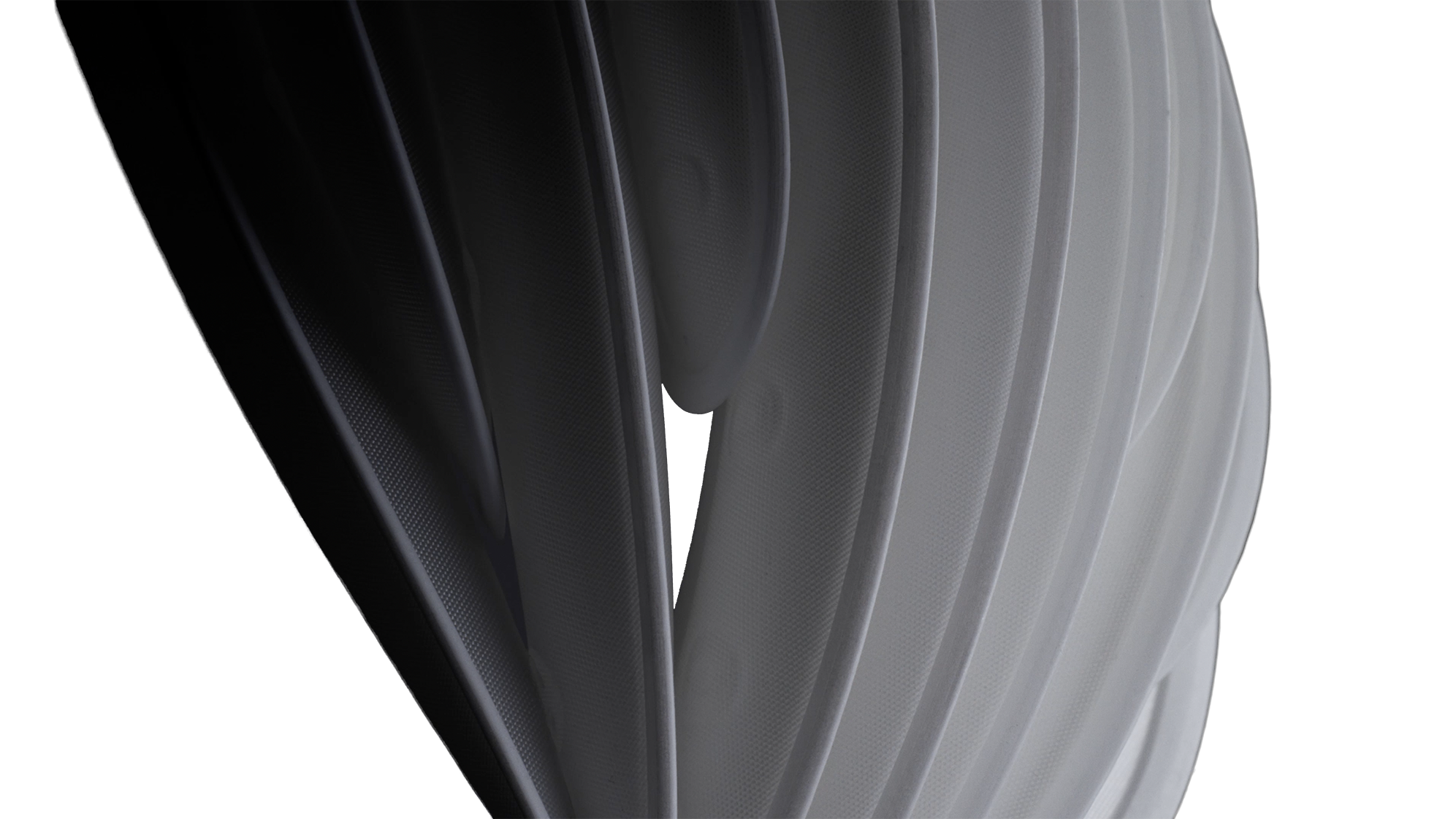Ventete
Music + Sound Design
This was an immensely fun project to work on. As a unique product for a new company, it was important to communicate the tone of the culture as well as the product. Playful, light, alluding to the movement of air, both through inflation/deflation and speed. Both a fashion accessory as well as object of protection, both open and closed, the launch film was shot by the hugely talented Dan Tobin Smith and his team. While formal, there’s a playfulness to the film, so sonically I wanted to bring that through with instrumental quirks like glitchy repeating notes, doppler effected taiko rolls and sudden stops and starts which push the weight of the momentum of the track around.
From an instrumental perspective, air and the various forms it can be manipulated were an obvious starting point. Hence breathing, voices without words - human, but universal. If any words are used it gives the work a point of view, places it geographically and politically, so I avoided them, an approach I also used in the Finding Abraham project.
The helmet has a beguiling almost alien form, so the voices act like a siren’s call, another reason to avoid words. It’s presented as an objet, on pedestals, waited on by robots, sharp detailed textures, so the track wanted to align on this - the drums matching the precision of the visuals and the textures that have been meticulously recorded.
It’s an object to be revered so there is an element of worship to the voices too.
We used the some of the sounds of manufacture - for example striking of the aluminium formwork that is used to make the segments of the helmet, crisp “forward” drums. Keeping the drums “dry” allows space for the out of focus quiet sounds, the echoes and eddies, the wake of an object that has just passed through, to be perceptible in the background.
Oscillations between solid and void - both in the helmet’s design itself, its functionality, the sets used in these films and the track hopefully push the language, the syntax of the brand forward in a consistent, surprising and delightful manner.
Vignette 1
Vignette 2
Being able to deconstruct the track into cohesive but distinctive elements is part of what a composer does. In this case the disciplined and precise aesthetic is mirrored in the minimalism of the vignettes. Here I've scored the light.
How light illuminates and renders texture and material gives me a great basis to bring in our distinctive palette - from the aluminium formwork chime at the beginning, to the voices, wide synth chords that swirl in the background, and sub bass drop that adds depth and power. Like any really good dish you just need 3 or 4 high quality ingredients, which you then give space to shine. The highest synth note varies between vignettes to give them all a different headline flavour.
The more you can create harmony between visual and aural hierarchies, the crisper and more powerful the overall effect.

We also developed a sonic logo - an enhanced spoken logo that embodies the mission of the company. A plurality, a parallel movement matching the fin-like nature of the design and air that brings that sense of movement.
Binaural Mix (Headphones Required)
Please bear in mind that due to Dolby standards, this binaural mix is quieter than the standard stereo mix, so you might need to turn the volume up to get the same impact as the other films on this page.
Due to the almost alien nature of the design, the precise imagery, and because the helmet is obviously designed for your head, it seemed appropriate to create an immersive sonic experience that the helmet might draw you into.
As such, a multi-channel version has been mixed in Dolby Atmos for delivery mediums ranging from Dolby Atmos approved cinemas or black box retail spaces with up to 48 speakers that allows precise positioning of sounds in 3 dimensions, down to the binaural mixdown of the same file to 2 channels for headphones - which is a more spatialised version of the original track.
This is possible due to the track being mixed as objects rather than channels. Object-based mixing as it is called is the methodology behind Dolby Atmos and Apple's Spatial Audio. The question to answer is when is this route worth spending the time and money on and when isn't it?
Hopefully you should feel more 'inside' the action with this binaural version. This is part of a research process to ascertain the best delivery channels for different types of content now we have new technologies that enhance what we can offer. Does having 48 channels make a difference? Is it worth it? How do the effects with 48 channels translate through different speaker configurations? Which techniques and palettes maximise the strengths of each presentation method?
The net effect is that as a team we design and create more engaging content that pushes creativity and its presentation into new territory.

